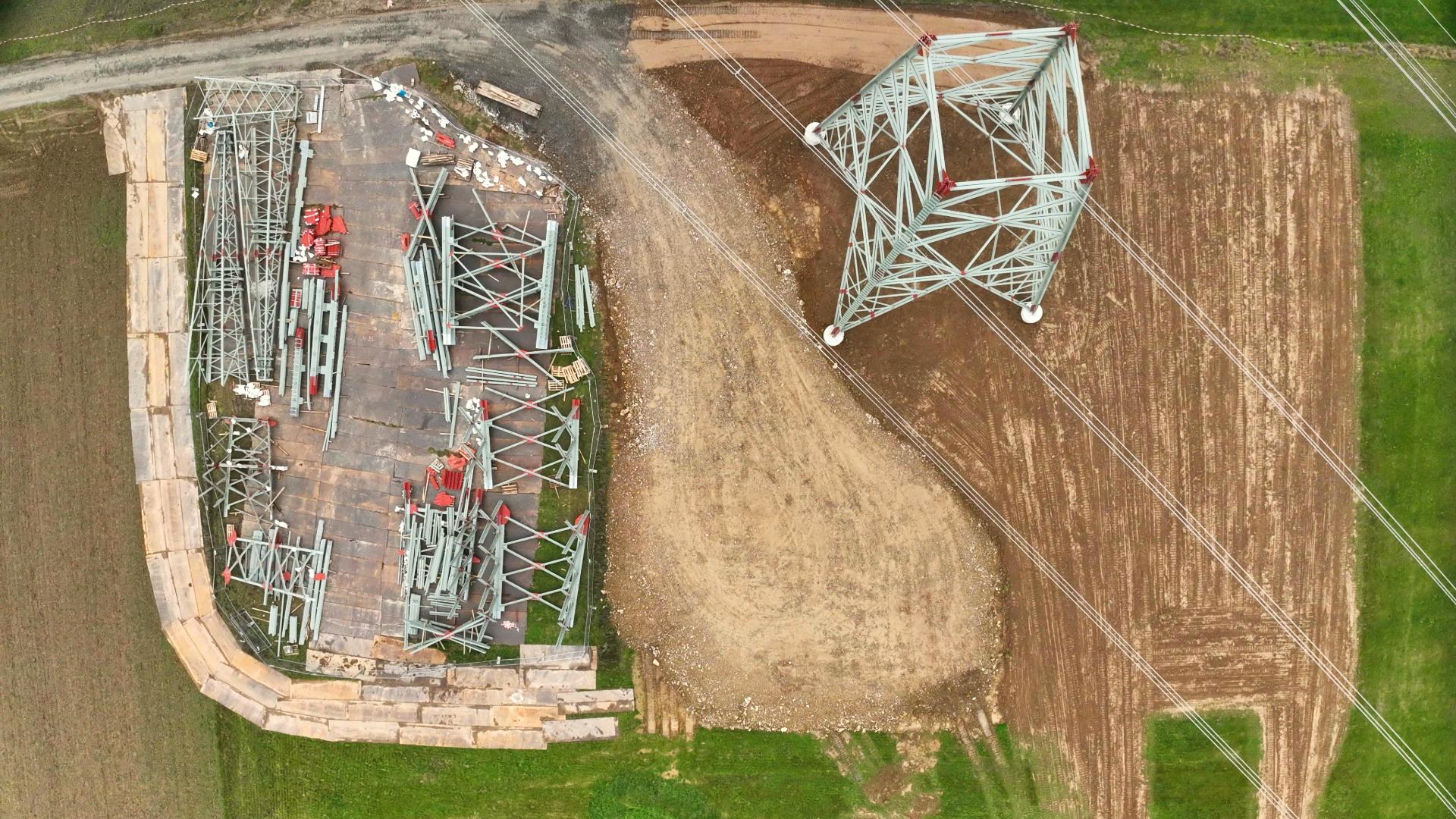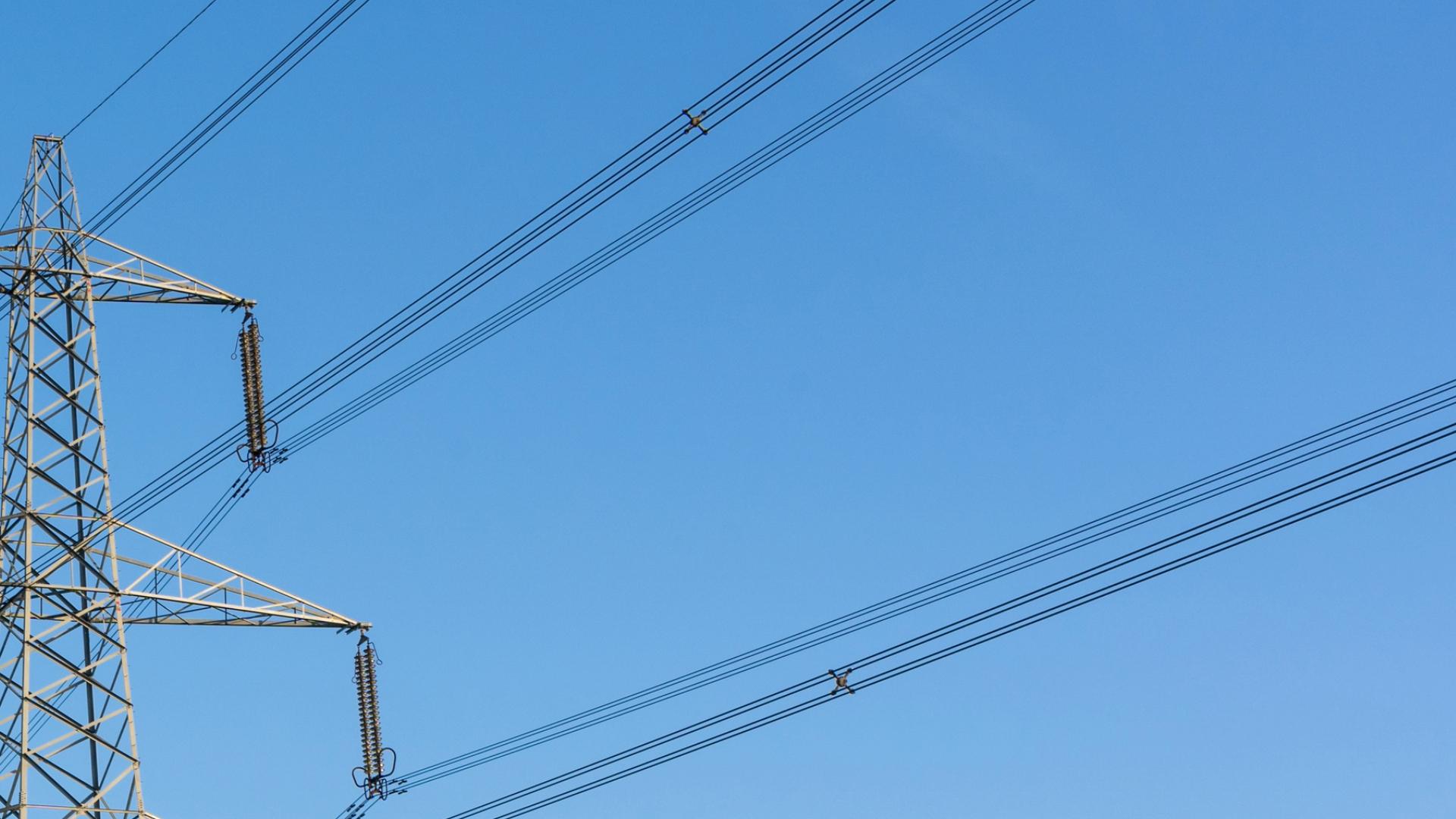Karten beeinflussen seit vielen Jahrhunderten, wie wir die Welt sehen und unsere Umwelt verstehen. Sie faszinieren und informieren. Manchmal sind sie sogar Kunst. Das Internet eröffnet auch der Kartographie völlig neue Möglichkeiten. Die Herstellung von Webkarten (auch: Web Maps) ist inzwischen technisch gesehen relativ einfach. Somit können auch Menschen ohne oft nötiges Hintergrundwissen solche Karten gestalten. Das muss nicht problematisch sein, kann es aber. Aber was muss alles beachtet werden, um bessere, genauere, schönere Webkarten zu gestalten? Gehen wir es an!
1. Was will ich zeigen?
Diese Frage erscheint trivial, wird jedoch beim Erstellen von Webkarten gerne aus den Augen verloren. Toll soll die Karte aussehen, viel soll sie können, Spaß soll sie machen. Eine Karte ist immer ein Kommunikationsmedium und Kommunikation ist bekanntlich alles. Bevor es also ans Gestalten geht, muss feststehen, welches Ziel überhaupt verfolgt wird. Was soll vermittelt werden? Ist die Karte nur schmückendes Beiwerk und oder ist es Ziel, konkrete Informationen zu übertragen? Alle Aspekte einer Karte, von den dargestellten Daten über Funktionen und Design, müssen im Kontext dieses festgelegten Zwecks gewählt und umgesetzt werden.
Tipp 1: Kommunikationsziel setzen und stets im Auge behalten!
2. Wer ist der Nutzer?
Diese Frage gehört sicher gerade bei Web Maps oft zu den schwierigsten. Wie Webkarten aussehen, sollte maßgeblich von der anzusprechenden Nutzergruppe abhängen. Schwierig wird es immer dann, wenn verschiedene Nutzertypen eine Zielgruppe sein sollen. Denn viele unterschiedliche Nutzereigenschaften können einen direkten oder indirekten Einfluss auf die Gestaltung der Karte haben. Will man zum Beispiel Kinder ansprechen, müssen die Karten leicht verständlich, möglichst bunt und kontrastreich, einfach zu bedienen sein und mit wenig Text auskommen. Ganz anders ist das natürlich bei Darstellungen für Fachexperten. Nicht zu vernachlässigen sind jedoch auch weniger offensichtliche Aspekte wie Sehbeeinträchtigungen oder erfahrungsbedingte Farbassoziationen, die sich je nach Kulturkreis deutlich voneinander unterscheiden können (mehr zu Farben in Teil 2).
Tipp 2: Nutzergruppe(n) definieren!
3. Daten, Daten, Daten
Karten sind ein wunderbares Mittel, um sehr viele Daten (auch Big Data!) auf effektive Art und Weise zu präsentieren. Die Aussage, die dabei getroffen wird, kann aber immer nur so gut sein, wie die Daten, die zur Erzeugung verwendet wurden. Möchte man beispielsweise die aktuelle Bevölkerungsdichte deutscher Städte wiedergeben, ist es unsinnig, statistische Daten aus dem 20. Jahrhundert zu verwenden. Genauso falsch wäre es, für die verschiedenen Städte unterschiedliche Jahresstatistiken zu verwenden. Die Gefahr hierbei: Für den Nutzer ist es oft nur schwer oder gar nicht ersichtlich, welche Daten zum Erstellen der Karte verwendet wurden. Nicht immer ist das Verwenden ungeeigneter Daten Absicht. Hier können Gründe, wie Lücken in Datensätzen oder Unwissen des Kartenherstellers, eine Rolle spielen. Eine Karte kann immer nur ein Abbild der Welt oder eines Teils davon in einem bestimmten thematischen Zusammenhang sein. Weil sich die Welt und damit auch die darzustellenden (Geo-)Daten ständig verändern, kann es keine absolut richtigen Karten geben.
Tipp 3: Daten sorgfältig auswählen, möglichst aktuell halten und Quellen nennen!
4. Was gehört in eine Karte?
Bestimmte Bestandteile gehören einfach in jede (gute) Karte, egal ob gedruckt, digital oder interaktiv. Dazu gehören z. B. das Kartenbild, Titel, Maßstab und Angaben zu Herausgeber, Aktualität und Quellen (bei Webkarten ggf. als Links). Ein Nordpfeil ist vor allem immer dann erforderlich, wenn eine Karte nicht genordet ist oder sich durch Interaktion drehen lässt. Gerne vernachlässigt wird die Angabe des Koordinatensystems. Dies gilt besonders für Webkarten, bei denen meist die auch von Google genutzte und somit als bekannt vorausgesetzte Pseudo-Mercator-Projektion verwendet wird (mehr zu Koordinatensystemen in Teil 2). Buttons zum Wechseln der Basiskarte, zum Zoomen oder zum Filtern der dargestellten Informationen können ebenfalls Bestandteile von digitalen Karten im Internet sein.
Auch wenn sie (zu Unrecht!) in den Augen einiger in der digitalen Kartographie an Relevanz verloren hat, bleibt die Legende eines der bedeutendsten Kartenelemente überhaupt.
Tipp 4: Alle wichtigen Kartenelemente einbauen!
5. Warum ist eine Legende auch in Webkarten so wichtig?
Eine Legende ist der Schlüssel, um die mehr oder weniger abstrakten Symbole auf einer Karte zu verstehen. Manchmal erscheint besonders dem Kartenhersteller eine Legende überflüssig. Das liegt aber vorwiegend daran, dass diesem die angesprochene Entschlüsselung als logisch oder offensichtlich erscheint, da er sich intensiv mit dem Kartenerzeugnis beschäftigt hat. Ganz anders kann es einem Nutzer (besonders einem Erstnutzer) gehen. Die Legende ist essenziell, damit der Leser die gewünschte Aussage der Karte überhaupt verstehen kann. Je komplexer die Karte und je mehr darauf dargestellt wird, desto wichtiger ist die Legende. Der Anspruch sollte sein, dass die Karte in Kombination mit ihrer Legende selbsterklärend ist. Man kann sich nämlich nicht darauf verlassen, dass ein Nutzer die angebotenen Interaktionsmöglichkeiten tatsächlich auch verwendet. Die Legende sollte dabei möglichst übersichtlich, thematisch geordnet, gut lesbar und leicht zu finden sein.
Tipp 5: Legende nicht vergessen!
Webkarten sind ein wunderbares Mittel um komplexe Informationen in verständlicher Form darzustellen. Dazu macht die Interaktion auf einer Karte im Vergleich zum Lesen von langen Texten und Tabellen auch noch Spaß.
Am 09.10.2018 erscheint hier Teil 2 dieser Artikelreihe für noch bessere Web Maps! Bis dahin schauen Sie doch gerne mal auf unserer kostenlosen Map2Fly für Flüge mit Drohnen vorbei und beurteilen Sie selbst, welche der beschriebenen Tipps dort erfolgreich umgesetzt werden.
Über Feedback freuen wir uns ebenfalls immer.
Bis zum nächsten Mal
Ihr Team FlyNex






